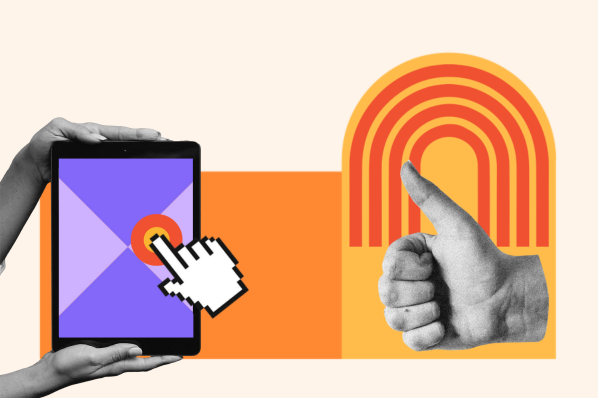When it comes to launching a website or web page, you could spend years trying to build the perfect experience. However, most businesses don’t have the luxury of waiting that long. That’s where an agile approach to the user experience comes in.
Let’s say I want to create a site for my plant shop. With an agile approach, I’d start by building a prototype, invite users to test it, gather their feedback in real time, and make updates before going live. After launch, I’d continue to refine the site and iterate based on real customer input.
Agile UX ensures that your website always meets your visitors' needs. Below, we’ll explore everything you need to know to get started.
Table of Contents
- What is agile UX?
- The Principles of Agile UX
- Agile UX vs Lean UX
- What Agile UX Design Teams Look Like
- User Personas and Agile UX
- Agile UX Design in Action
- Getting Started With Agile UX
What is agile UX?
Agile user experience (UX) is an iterative design process that focuses on quickly creating and testing prototypes with users. It prioritizes feedback-driven development, which means user feedback and data are used to inform the design. This ensures that the end product meets users’ needs well. Agile UX emphasizes frequent collaboration between stakeholders, designers, and developers to provide an efficient workflow.
The agile UX process typically begins with research and understanding user needs.
Next, prototypes are created and tested with users to get feedback. Based on this feedback, changes can be made until the product meets the desired user experience goals. This iterative process helps ensure that the end product is built with users’ needs in mind.
Data can be used to inform decisions throughout the agile UX design process. Analytics data, user surveys, and other research can help inform design strategies and prioritize features. This makes sure the product will be successful and meet users’ needs.
.png)
Free UX Research Kit + Templates
3 templates for conducting user tests, summarizing your UX research, and presenting your findings.
- User Testing Template
- UX Research Testing Report Template
- UX Research Presentation Template
Download Free
All fields are required.
.png)
You're all set!
Click this link to access this resource at any time.
The Principles of Agile UX
Agile UX is a process that combines user experience design with agile product development. By combining the principles of agile software development and user experience design, teams can create effective products quickly and efficiently. Here are some of the key principles of agile UX.
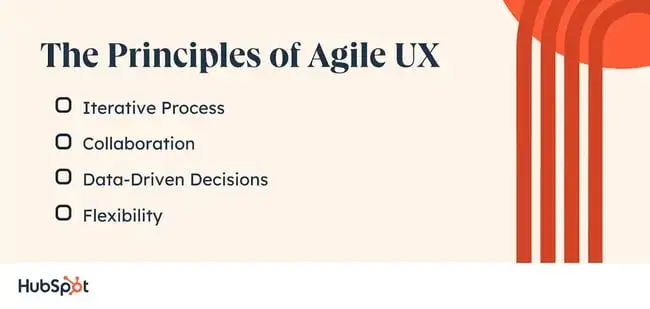
Iterative Process
Agile UX is built on small, repeatable steps called iterations. Rather than completing the entire project to test the design, you release early versions like wireframes or clickable prototypes. Then, these versions are tested with real users, and their feedback helps shape the next iteration. Design tools like Figma and Maze can help with rapid prototyping and testing.
Collaboration
Agile UX process emphasizes collaboration between stakeholders, designers, and developers. It doesn't follow the usual process of designers working in isolation. Rather, it becomes a complete teamwork of different teams regularly doing sprint planning, daily standup meetings and reviews to ensure efficient results.
Data-Driven Decisions
Agile UX heavily relies on collected user data. Teams use feedback from usability tests, surveys, analytics, and . Thus, the product is shaped around what users truly need.
Flexibility
Agile UX is a flexible process that allows teams to make changes quickly in response to user feedback, market trends or technical limitations. Since designs change over sprints, the team doesn't get stuck trying to perfect everything upfront. But, teams should be agile and open to making changes whenever needed during the design process.
By following the principles of Agile UX process, teams can create effective products quickly and efficiently that meet users’ needs. With the right process in place, you can ensure your team is able to create great products without wasting time on unnecessary features.
Agile UX vs Lean UX
Now that we’ve explored the core principles of Agile UX, it’s helpful to compare it with a similar but distinct and very popular approach to UX design, Lean UX.
Agile UX
Agile UX means UX designers work with developers in fast, small steps or sprints to improve or develop a product. Usually, a UX designer creates a design, shares it with developers, gets user feedback, and updates it in the next sprint.
The core work process of Agile UX design is,
- The design process is part of the development cycle.
- Feedback is collected regularly, and improvements happen gradually.
- Build and refine a product over time.
I have learned that Agile UX design is particularly useful when improving an existing product. If you have an existing structure and user data, you make small design updates, quick testing, and regular feedback to improve user experience.
I reached out to , Lead Designer behind Divi at , one of the most widely used visual website builders in the world. Since Divi's design must be both pixel-perfect and flexible across rapid development cycles, he offers great insight to iterative design strategy.
"I start with creating light, testable ideas — often with low-fidelity wireframes or quick prototypes to direction-test early on,” Porag explains.
“Once a direction is decided incrementally with each sprint, we refine it further. This increment of refinement allows us to be agile without Divi‘s visual integrity suffering. We never compromise on user feedback for aesthetics, yet never on our brand’s design integrity either."
The goal is to find a balance between creating a design that’s appealing and functional for users and aligns with your brand.
Pro tip: Start with low-fidelity wireframes or simple prototypes to expedite the testing process early on. Then iterate as you get user and stakeholder feedback.
Lean UX
Lean UX is about testing ideas quickly to learn what works before spending time building anything big. The core idea is to make a structure that works and serves the core purposes of the system and then scale and calibrate it.
In a lean UX system, the team usually sketches an idea, tests it with users the next day, and changes it immediately based on the feedback. The core reason for doing it is to help the teams avoid wasting time on features users don’t want.
The core work process of Lean UX design is,
- The goal is fast learning, not perfect designs.
- Teams build simple versions (prototypes or MVPs) to test ideas quickly.
- Startups or new products where you’re still figuring out what users need.
I asked Porag if Lean UX plays a role in Divi's feature development, particularly in rapid experimentation. His response offered the perfect behind-the-scenes glimpse of how fast discovery and high-quality delivery coexist.
"Yes, absolutely, we use Lean UX principles — especially when launching new theme features to the market. Speed is paramount within our process, but so is maintaining trust with high-fidelity, consistent visual experiences. We use hypothesis-driven design, rapid prototyping, and constant feedback loops to validate concepts quickly.
I’ve also found Agile UX design especially valuable when working on early-stage ideas or launching something new. It strikes a good balance between structure and flexibility, allowing room to explore and adapt.
.png)
Free UX Research Kit + Templates
3 templates for conducting user tests, summarizing your UX research, and presenting your findings.
- User Testing Template
- UX Research Testing Report Template
- UX Research Presentation Template
Download Free
All fields are required.
.png)
You're all set!
Click this link to access this resource at any time.
Key similarities between Agile UX and Lean UX
Agile UX and Lean UX share more similarities in philosophy and teamwork, but they differ in practice and use cases. Both processes work in the same direction and serve the same purpose but in slightly different ways.
Let's look into some aspects where both Agile UX and Lean UX share similar characteristics:
|
Aspect |
Similarities |
|
User-centered |
Both use real user feedback to guide design decisions. |
|
Iterative process |
Rapid and continuous cycles of design, testing, and improvement. |
|
Team collaboration |
Close teamwork across design, development, and stakeholders. |
|
Fast feedback |
Use quick testing and validation to meet user needs. |
|
Flexible & adaptive |
Open to change based on user feedback and changing goals. |
|
Lean documentation |
Prioritize finding working solutions over detailed specs. |
|
Goal-focused |
Aims to develop useful products through continuous learning. |
|
Outcome-driven |
Focus on delivering user value rather than just building more features. |
Key differences between Agile UX and Lean UX
Agile UX and Lean UX work together but take different approaches to the same goal. Their biggest differences come from how they start, what they prioritize, and when they bring in user feedback.
Let’s take a closer look at the key differences between Agile UX and Lean UX:
|
Aspect |
Agile UX |
Lean UX |
|
Goal |
Improve the product step by step |
Learn quickly what users want |
|
Design style |
Detailed and polished |
Quick and rough |
|
Team setup |
UX designers work inside Agile dev teams |
Cross-functional teams include product, design, and marketing. |
|
Process |
Works inside short development cycles |
Focuses on experiments and feedback |
|
Speed |
Steady and sprint-based |
Rapid and experimental |
|
Iteration cycle |
Fixed: tied to sprint planning and release cycles |
Fluid: iterates based on learnings, not schedules |
|
Best for |
Growing products |
New ideas or early-stage products |
What Agile UX Design Teams Look Like
Most Agile UX teams are small and tightly knit. They include designers, developers, researchers, and others who work closely together to build products that work and feel great for the users. They work together with the core purpose of designing and building better products quickly.
Typical roles in Agile UX design teams
A good Agile UX design team has a lot of different roles and characters, and each one brings something different to the table. Let me explain some of these roles in an agile UX design team.
- Product owner – Works closely with the team every day, keeps the task list, and makes decisions fast to keep things moving. Also, gets to make decisions regarding the product.
- Scrum Master –The Scrum Master guides the team through agile work and keeps them on track. They don't disrupt workflow but give the team everything they need.
- UX Researcher – Talks to users, runs tests, and finds out what real people need. Based on the feedback, they inform design decisions.
- UI/UX Designer – Responsible for designing the interfaces, making the wireframes, mockups, and the overall look and feel of the product.
- Developers – Write code to convert designs into products, working closely with designers to implement the design.
- Stakeholders – These are the users of the product, such as customers, business leaders, or marketing teams. They give feedback and help guide the team's direction.
These positions are not absolute. Different companies use their own agile workflows. Some may have even more positions, such as team leads or managers, and maybe different UI and UX designers. In big companies, you might see 1 researcher for 5 designers and 50+ developers, but smaller teams often wear multiple hats!
To learn how a lean SaaS outfit tackles Agile UX with limited resources, I asked , Lead Designer at , who leads a small UX team designing tools that power over a million ecommerce sites.
"Agile UX is not about having a big team or a huge budget. It‘s more about the mindset for continuous improvement,” says Chowdhury. “As a small SaaS team, we’ve learned that focusing on what matters most can help us build a great user experience even with limited resources.
We start with actual users, focus on key features, and release fast. Even the smallest feedback loops can push huge product improvements."
Pro tip: Chowdhury recommends breaking down big tasks into small, bite-sized pieces. Then learn from each step and iterate.
How Agile UX design teams work in sprints
Agile teams work in short cycles called sprints (usually 1 or 2 weeks). It varies from team to team. Here's how a typical sprint goes:
- Planning: The team defines objectives, user stories, and tasks.
- Implementation: Designers and developers collaborate to create and implement features.
- Review: The stakeholders send feedback reviewing the product.
- Retrospective: The team reflects on the sprint to identify improvements for future cycles.
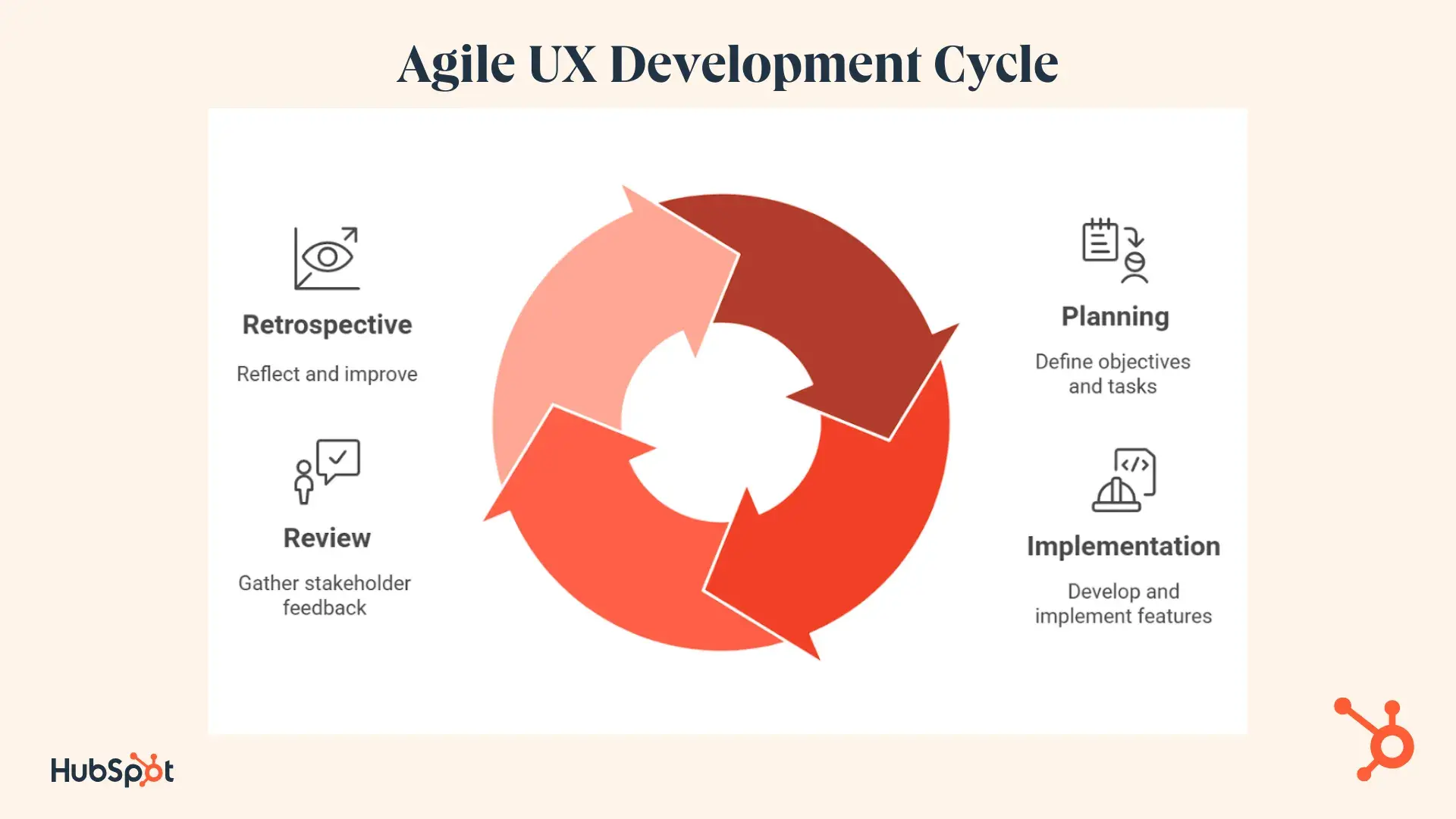
User Personas and Agile UX
UX personas are an essential part of the agile UX design process. As a designer, you need to understand the different characteristics, goals, frustrations, and motivations of each persona.
This fundamental understanding ensures that your designs accurately reflect user needs rather than assumptions.
Is your target audience tech-savvy?
Are they usually accessing your site on their cell phones?
.png)
Free UX Research Kit + Templates
3 templates for conducting user tests, summarizing your UX research, and presenting your findings.
- User Testing Template
- UX Research Testing Report Template
- UX Research Presentation Template
Download Free
All fields are required.
.png)
You're all set!
Click this link to access this resource at any time.
Knowing your users will help you build your initial designs. More importantly, you also know whose feedback you should collect when you start iterating on your initial product. That way, you‘re not chasing random feedback, and you’re learning from the people who'll actually use your product.
As , product designer at Awesome Motive, puts it: “Agile UX lets us explore the best ideas that could only surface by iterating them, and the continuous feedback actually works as a spark that drives us to make precise design decisions.”
Tasnim's insight highlights the core concept of agile UX, which is innovation through rapid, meaningful iteration based on user feedback.
Consider creating a focus group or a reliable cohort to test your site. Without this alignment, your testing may miss the mark. Your personas should be represented in this group. Testers will surface different issues that affect their impacted demographics.
For example, let's say you are designing a fitness tracking app. Your UX personas include:
- Lena, a tech-savvy 29-year-old runner who uses a smartwatch daily.
- Bahim, a 55-year-old beginner who's just starting his fitness journey and prefers simple navigation on his Android phone.
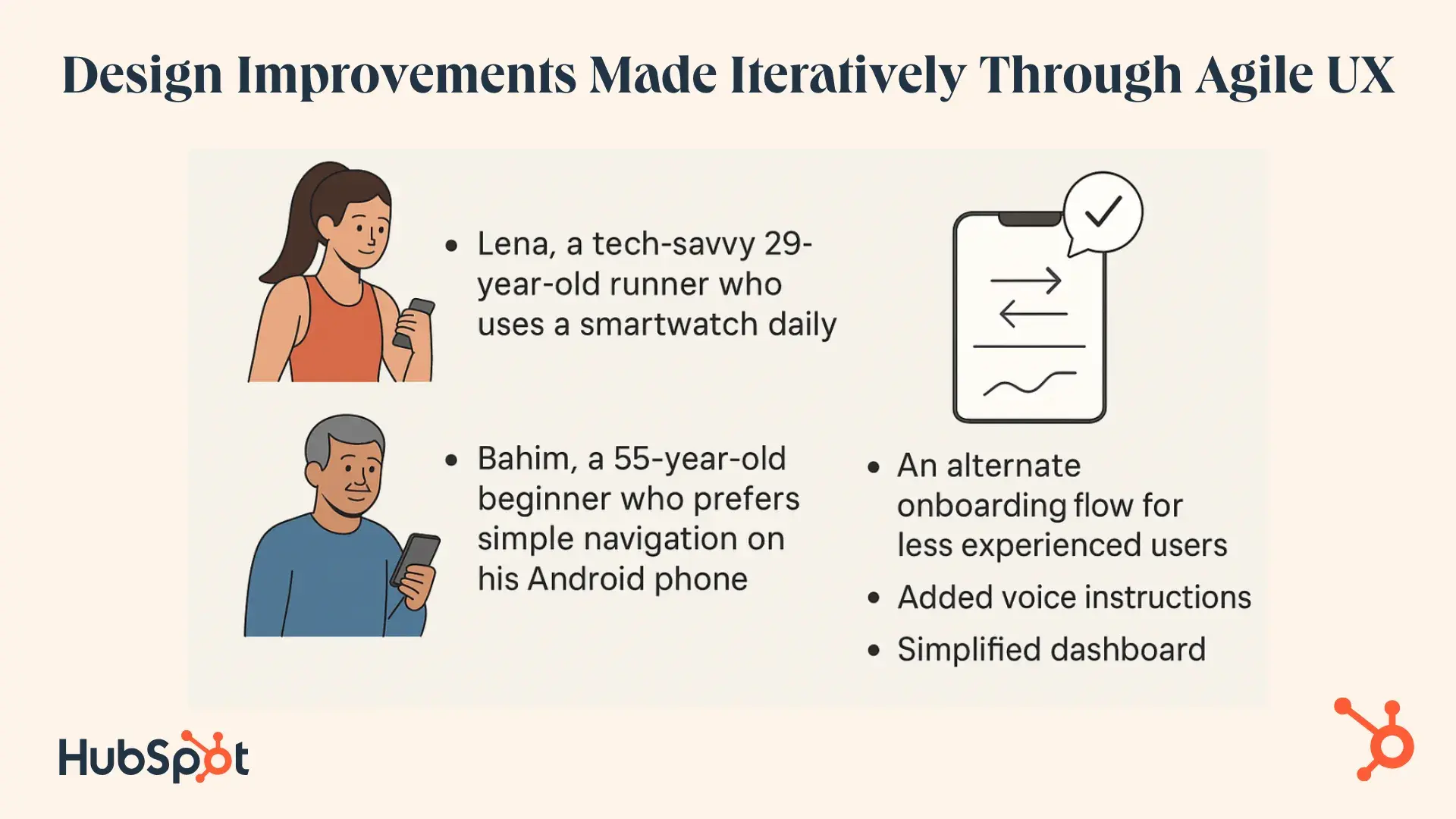
In your first Agile sprint, you build a prototype that provides advanced graphs and integrations. It works well for Lena, but it confuses beginner and less tech-savvy Bahim.
After user testing and receiving the feedback, you learn that Rahim needs simpler language and fewer steps to set goals.
So, in the next sprint, you create an alternate onboarding flow for less experienced users, add voice instructions, and simplify the dashboard.
As a result, the app evolves to serve both personas more effectively over time through continuous testing and iteration. It's basically a textbook example of Agile UX in implementation.
Agile UX Design in Action
Agile UX design can be applied to all kinds of projects, from creating an online store to developing a mobile app. This method can be used for many different kinds of digital experiences.
Here is an example of how I am currently using the agile UX design method to improve the development process for my new educational website focused on AI agent tutorials.
Pro tip: For a head start, you can download 51吃瓜's free UX templates to kickstart your Agile UX design process. These templates are great for setting up sprints, getting feedback, and making sure that everyone is on the same page.
Step 1: Define your user personas.
I'm developing an educational platform that will provide detailed guides on how to set up and customize AI agents for content creation, coding, customer service, and daily automation across multiple industries.
I started by identifying my target users and developing personas based on their specific needs, challenges, and workflows.
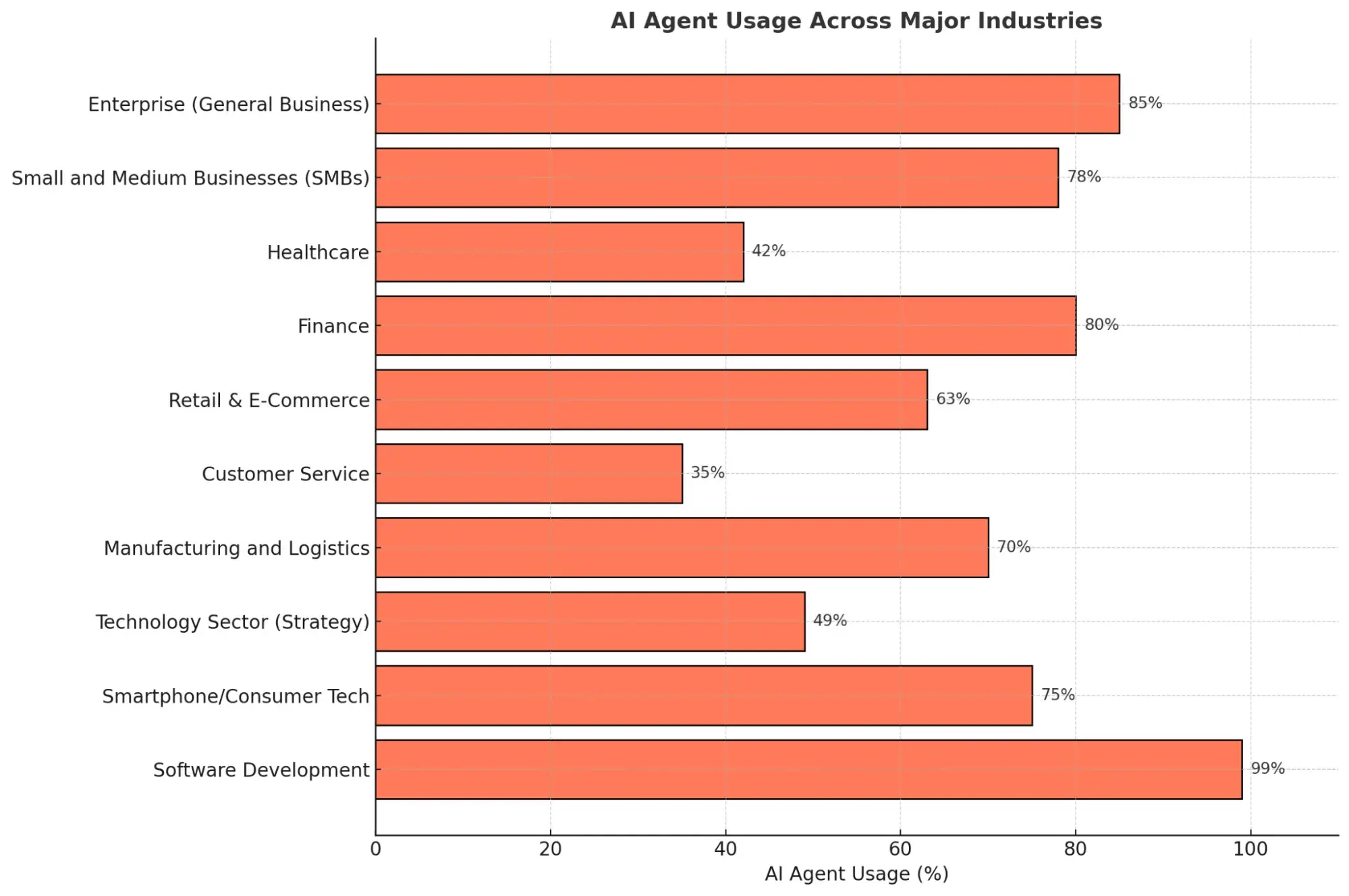
After researching, I mapped out my audience and their usage of AI agents in the chart above. My target audience includes indie developers, startup founders, retail managers, healthcare professionals, customer service representatives, and curious learners who are actively exploring LLM-powered tools.
Many of them are also looking for low-cost or no-code alternatives to the expensive SaaS platforms they are currently using.
I was able to make strategic design and content decisions early on after thoroughly understanding their technical comfort levels, automation goals, and how they search for AI-based solutions.
Step 2: Build a simple prototype (demo).
Many users in this audience are used to browsing GitHub, Substack, or documentation-heavy platforms. They have the most attractive and efficient designs so far. Likewise, I had the idea that I had to build an interface that was smart, engaging, searchable, and not overwhelming.

So, I built a one-page website that outlines all of my core AI agent tutorials, categorized by use case, like content generation, automation, or data scraping. Visitors can scroll through tutorials, bookmark them, and click into a full-page walkthrough for each.
This type of minimal viable design allows me to test the concept without investing heavily in full development upfront. It's quick to create, easy to modify, and gets me real user feedback quickly.
Step 3: Test with real users and iterate.
Once the prototype was completed, I introduced the site to potential users who aligned with my target personas. This included reaching out to groups such as solo developers, AI enthusiasts, content marketers, and technical users experimenting with LLMs.
Through some early feedback, I discovered that developers prefer tutorials grouped by frameworks like LangChain or AutoGen, while marketers prefer business-focused templates and use cases.
Early testing with real users in this way can find real problems that you might miss otherwise. If you have noticed, I‘m not guessing what works. Rather, I’m getting it straight from the people who will eventually use it once completed.
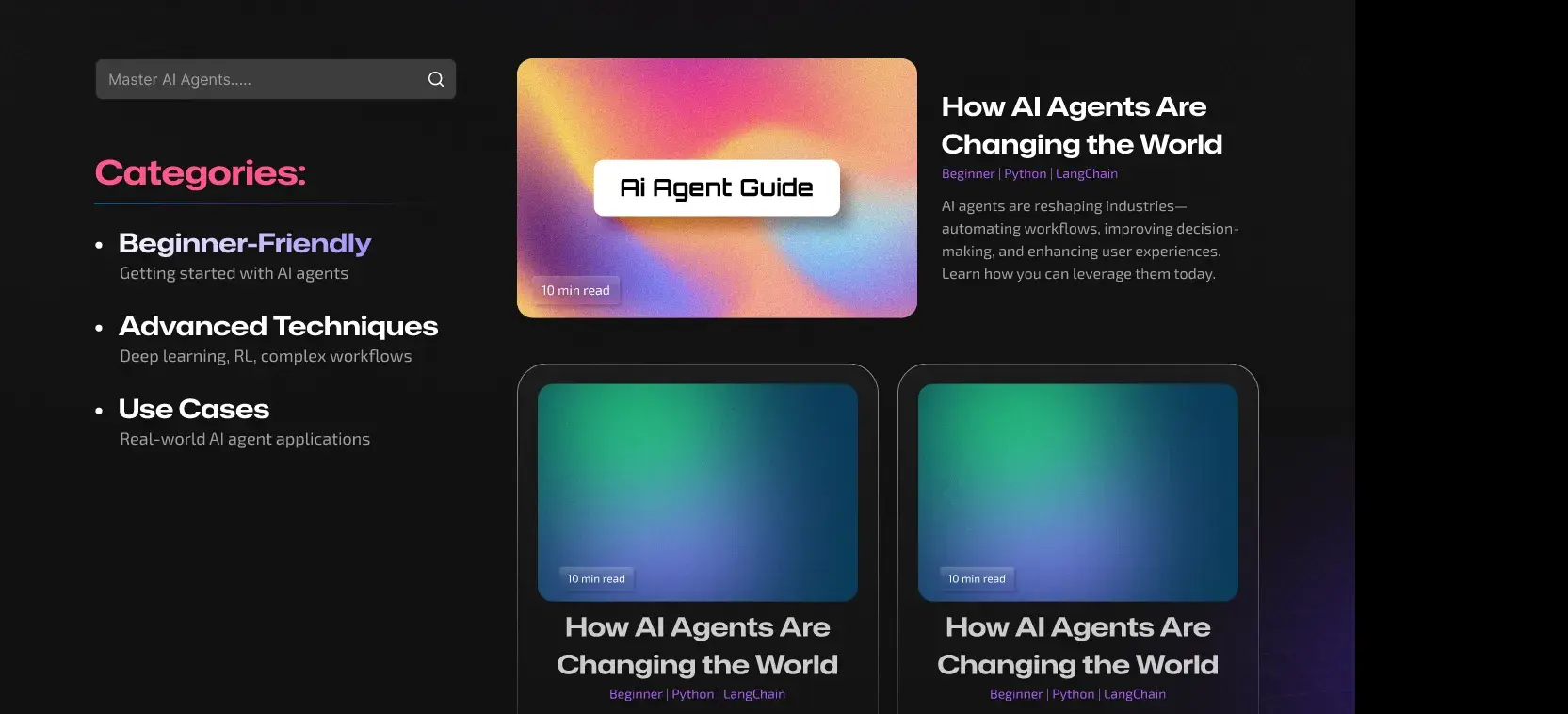
With this insight, I iterated on the website and added filters like Beginner-friendly, Advanced Techniques, and Use Cases. Getting feedback from users throughout the design process allowed me to get inside their minds and produce what they actually need.
Step 4: Use analytics for final refinement.
As the site gains traffic, I will collect data on user behavior. Suppose I notice that a particular content section, such as “AI Agents for SEO and Marketing” tutorials, drives the most engagement.
In that case, I will make the data-driven decision to feature these more prominently on the homepage and in CTAs.

The analytics will provide me with a road map that shows where users are engaging and where they are dropping off. When I combine data with user feedback, I will get a full picture of what to improve next.
This enables me to create a web experience that meets the needs of visitors quickly and effectively. It also allows me to make changes without wasting time on things that are not required.
Getting Started With Agile UX
The Agile UX design process sounds a bit complex at first, but don't worry. You can start small and build up. The key is to mix design and development work, ask users for feedback, and keep improving.
Here are some simple steps to help you begin:
- Set clear UX goals and know what problems you're solving.
- Build your team with compatible designers, developers, and stakeholders who blend in together.
- Start small and try adding more UX tasks to your next sprint.
- Learn how to run rapid user tests, understand quickly, and improve.
With a little patience and the right mindset, Agile UX can become a natural and powerful part of your team’s workflow, helping you create more user-centered products, faster.
Editor's note: This post was originally published in November 2023 and has been updated for comprehensiveness.
.png)
Free UX Research Kit + Templates
3 templates for conducting user tests, summarizing your UX research, and presenting your findings.
- User Testing Template
- UX Research Testing Report Template
- UX Research Presentation Template
Download Free
All fields are required.
.png)
You're all set!
Click this link to access this resource at any time.
User Experience
.png?width=112&height=112&name=Image%20Hackathon%20%E2%80%93%20Square%20(10).png)
![How to become a UX designer, a step-by-step guide [expert tips]](https://53.fs1.hubspotusercontent-na1.net/hubfs/53/become-a-ux-designer-1-20240731-321437.webp)
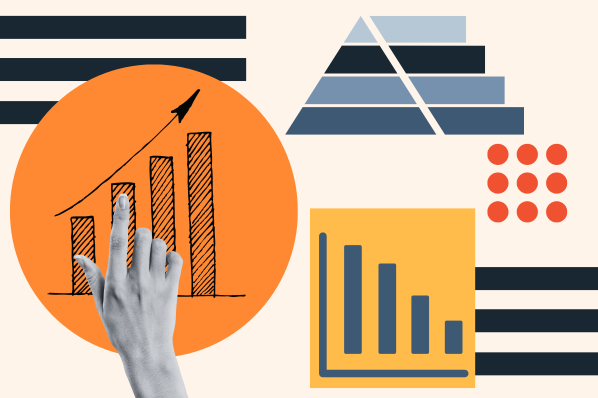

![How to Add a Parallax Scrolling Effect to Your Website [Examples]](https://53.fs1.hubspotusercontent-na1.net/hubfs/53/scroll-Aug-11-2023-05-24-08-8793-PM.png)
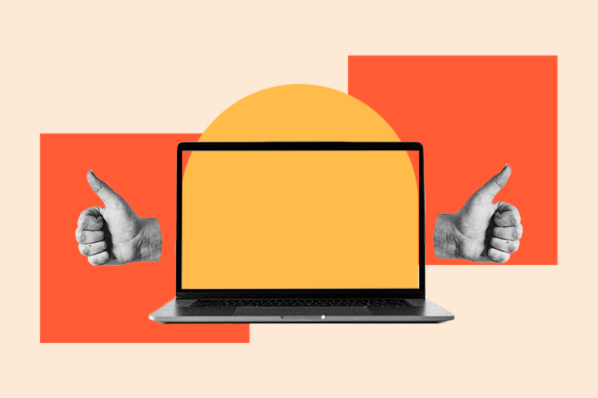
![20 UX Design Examples Hand-Picked by Experts [With Analysis]](https://53.fs1.hubspotusercontent-na1.net/hubfs/53/ux-design-examples-1-20250404-8425368.webp)

